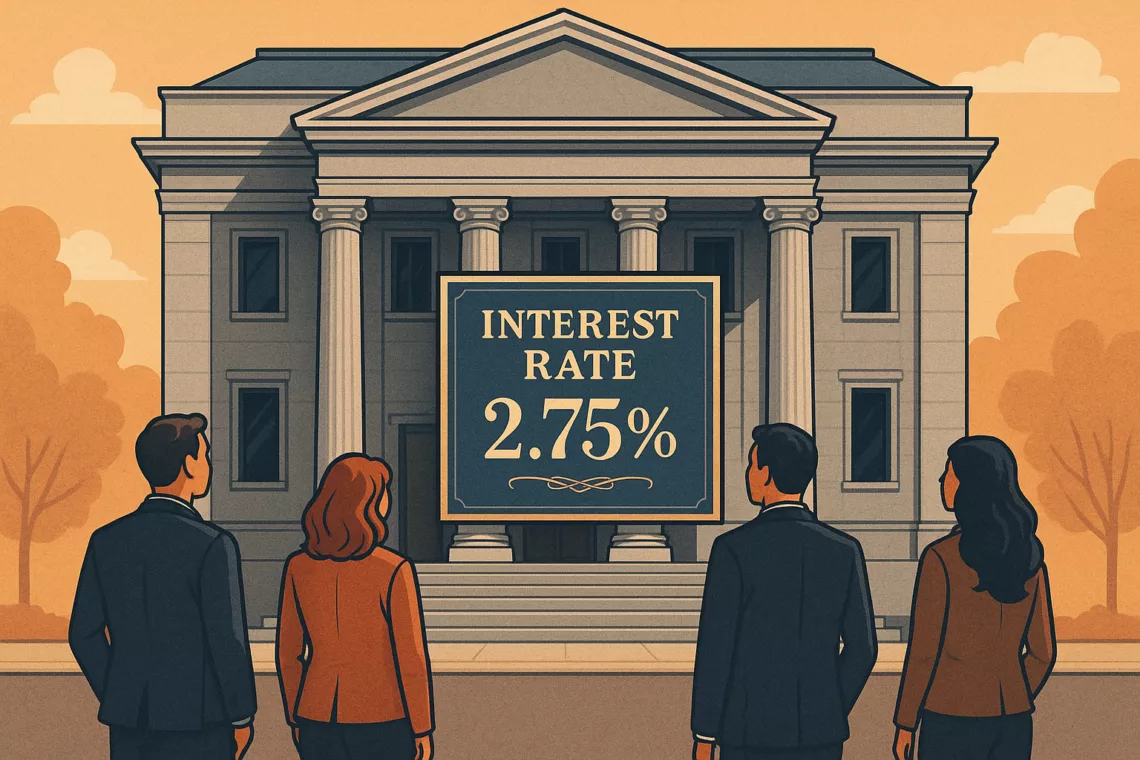
The Canadian government recently announced a substantial cut to its immigration targets—a dramatic shift aimed at controlling population growth after a period of rapid expansion. This move isn’t just a matter of policy; it’s a story that deeply impacts the Canadian housing market, reshaping how homebuyers, sellers, and investors might think about the future. Let’s break down what this means and why it matters to you.
Why Canada Pressed Pause on Immigration Growth
In a surprising turn, the government has committed to cutting permanent immigration levels by 20% and reducing temporary residents by nearly 500,000 per year. The core reason? To give federal, provincial, and local governments time to catch up on critical areas like healthcare, housing, and social services. Over the past two years alone, Canada’s population surged by over a million people, an increase that put intense pressure on infrastructure and housing.
Housing Demand Outpaced Supply
The rush of new residents led to an unprecedented demand for housing. Traditionally, Canada’s growth has been steady, adding about 300,000 people per year. However, post-pandemic, immigration boomed, driving population growth up by three million in just three years. Urban planners recommend a 2:1 ratio for new residents to new homes, but recently, Canada only built one home for every four working-age immigrants. This shortage intensified the housing crunch, pushing home prices and rental rates to new highs.
- Home Prices: From an average of $540,000 in early 2020 to $840,000 in 2022—an increase of $300,000 in just two years.
- Rental Market: With a record-low vacancy rate last year, rents skyrocketed, as landlords capitalized on the demand surge.
For buyers and renters alike, this sharp rise in housing costs made it increasingly difficult to find affordable options.
A Healthcare and Infrastructure Strain
Beyond housing, Canada’s healthcare system struggled under the weight of rapid population growth. Between 2019 and 2023, only about 6,000 doctors joined the workforce, while millions of new residents came to Canada. This mismatch meant that an estimated 6.5 million Canadians lacked access to a family doctor by 2023, forcing many to turn to emergency rooms, which saw a million more visits last year.
In Prince Edward Island, for example, a 33% increase in immigration placed its power grid at capacity, showing how quickly community services became overwhelmed. As this trend continues, provinces like Ontario and British Columbia may face similar challenges if growth remains unchecked.
The Public’s Perspective on Immigration
The rapid population growth also stirred public concern. A recent survey found that about half of Canadians now believe immigration has negatively affected the country, with worries focusing on housing, healthcare, and social services. This shift in sentiment likely influenced the government’s decision to drastically curb immigration numbers. Politically, the cut could serve to reassure Canadians that the government is listening to their concerns and working to ensure that growth doesn’t overwhelm community resources.
What This Means for You
If you’re thinking about buying or investing in real estate, this shift could mean more stability in housing prices. As demand slows, we might see more opportunities for buyers in the market. However, if you’re a homeowner looking to sell, it’s essential to consider how these changes might affect demand in certain areas.
Key Takeaways
- Immigration Cuts: Canada’s cutting immigration by about 20%, slowing population growth to help local governments catch up on healthcare, housing, and social services.
- Impact on Housing: Lower immigration levels might ease demand for housing, potentially stabilizing prices in some markets.
- Public Sentiment: With immigration becoming a more divisive issue, this policy aims to address Canadians’ concerns around affordability and access to services.
Looking Ahead: Real Estate Impacts to Watch
It’s too early to predict how effective these cuts will be in addressing housing and healthcare challenges, but one thing’s clear: this move will shape the real estate market. Follow our blog for more updates on how policy changes affect the GTA’s housing market. And if you’re navigating the real estate market, contact us to help guide you through this evolving landscape.
Contact Us
Equip yourself with the knowledge to navigate the complexities of the real estate landscape confidently.



